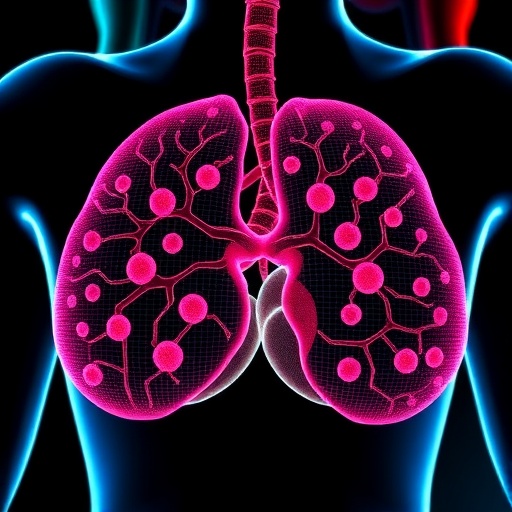Study identifies rapidly dividing cancer stem cells that can respond to new therapies

Credit: The Neuro
Brain cancers have long been thought of as being resistant to treatments because of the presence of multiple types of cancer cells within each tumor. A new study uncovers a cancer cell hierarchy that originates from a single cancer cell type, which can be targeted to slow cancer growth.
The research was led by Dr. Kevin Petrecca, a neurosurgeon and brain cancer researcher at The Neuro (Montreal Neurological Institute and Hospital) of McGill University, part of the McGill University Health Centre.
The study, which is the largest ever single cancer cell RNA sequencing project, included 55,000 glioblastoma cells and 20,000 normal brain cells. The team found that there are five main cancer cell types within each tumor, and these cancer cell types are similar to the cell types that are in the normal human brain.
For the first time, researchers detected what they describe as a progenitor glioblastoma stem cell (GSC) — a cell type from which all other cancer cells develop. They showed a cellular hierarchical organization to the cancer which originates from progenitor GSCs.
The team found that progenitor GSCs divided much more than the mature cancer cells and make up the vast majority of dividing cells in the tumour, despite making up a relatively small proportion of the total tumor. These rapidly dividing cells are the earliest detectable cancer cells in the hierarchy and so make a promising target for therapy.
After identifying molecular vulnerabilities in progenitor GSCs, the researchers then targeted these and found that progenitor GSC survival and proliferation decreased as a result. In preclinical disease models, this reduced tumour growth and increased survival.
“Our work has gone a long way to resolve the complexity of glioblastoma heterogeneity, and provides a new framework to reconsider the nature of glioblastoma,” says Dr. Petrecca “As part of this work, our study also shows, in contrast to decades long dogma, that glioblastoma stem cells are the most rapidly dividing cancer cells in the tumor, and we identified new ways to target these cells. There is still much work to be done. Understanding how these cancer cells interact with the cancer microenvironment is not well understood in this disease, but this study serves as a good starting point to begin to understand how glioblastoma originates and evolves prior to treatments.”
###
This study, published in the journal Nature Communications on July 8, 2020, was made possible by support from: A Brilliant Night, The Neuro’s annual brain cancer fundraiser; the Canadian Cancer Society Research Institute; the Canadian Institutes of Health Research; the Brain Tumour Foundation of Canada, Fonds de Recherche du Québec – Santé; Brain Matters; The Argento Family; and the Trottier Family Foundation.
The Neuro
The Neuro – The Montreal Neurological Institute and Hospital – is a world-leading destination for brain research and advanced patient care. Since its founding in 1934 by renowned neurosurgeon Dr. Wilder Penfield, The Neuro has grown to be the largest specialized neuroscience research and clinical center in Canada, and one of the largest in the world. The seamless integration of research, pa tient care, and training of the world’s top minds make The Neuro uniquely positioned to have a significant impact on the understanding and treatment of nervous system disorders. In 2016, The Neuro became the first institute in the world to fully embrace the Open Science philosophy, creating the Tanenbaum Open Science Institute. The Montreal Neurological Institute is a McGill University research and teaching institute. The Montreal Neurological Hospital is part of the Neuroscience Mission of the McGill University Health Centre. For more information, please visit http://www.
Media Contact
Shawn Hayward
[email protected]
Related Journal Article
http://dx.




